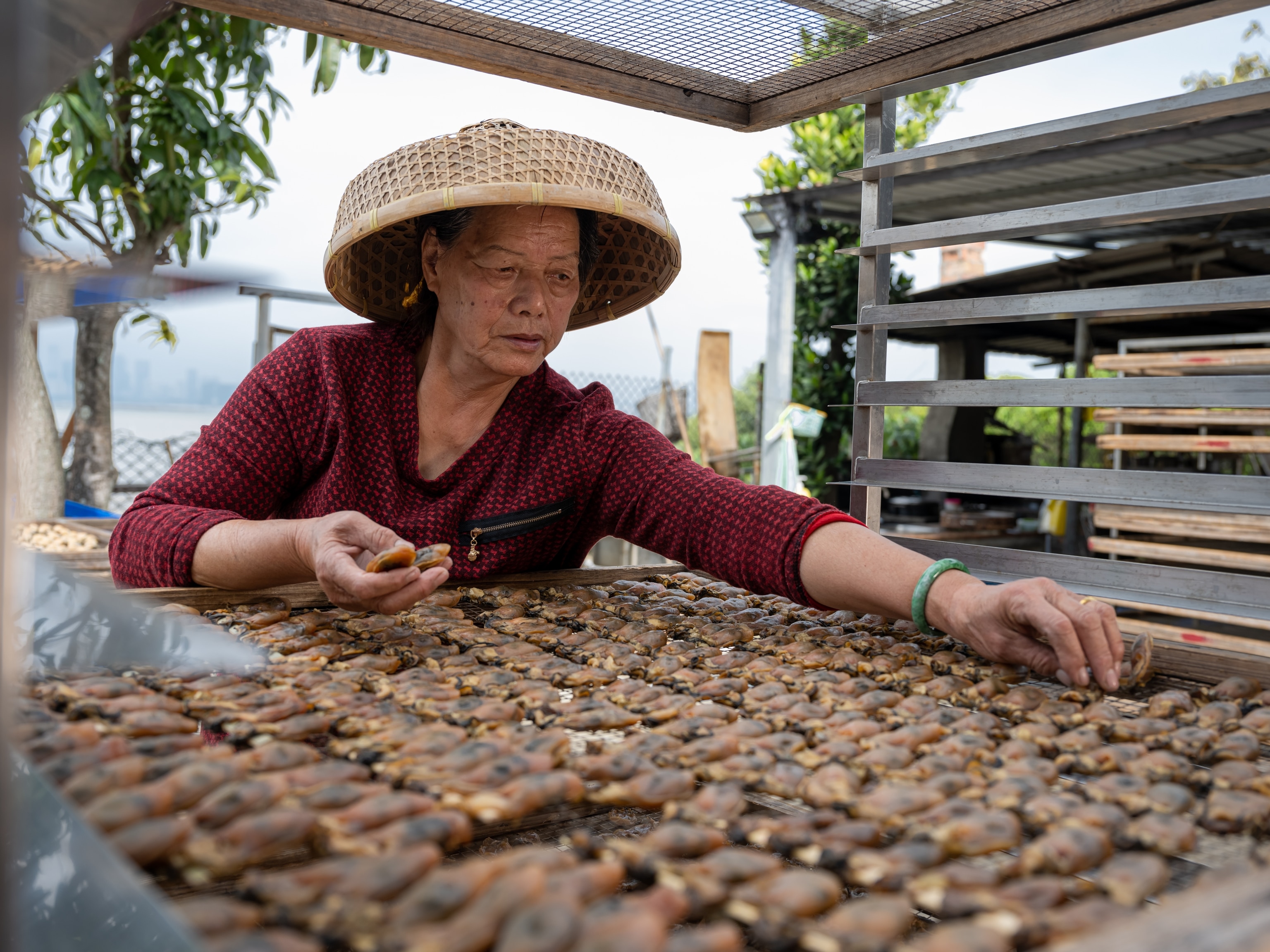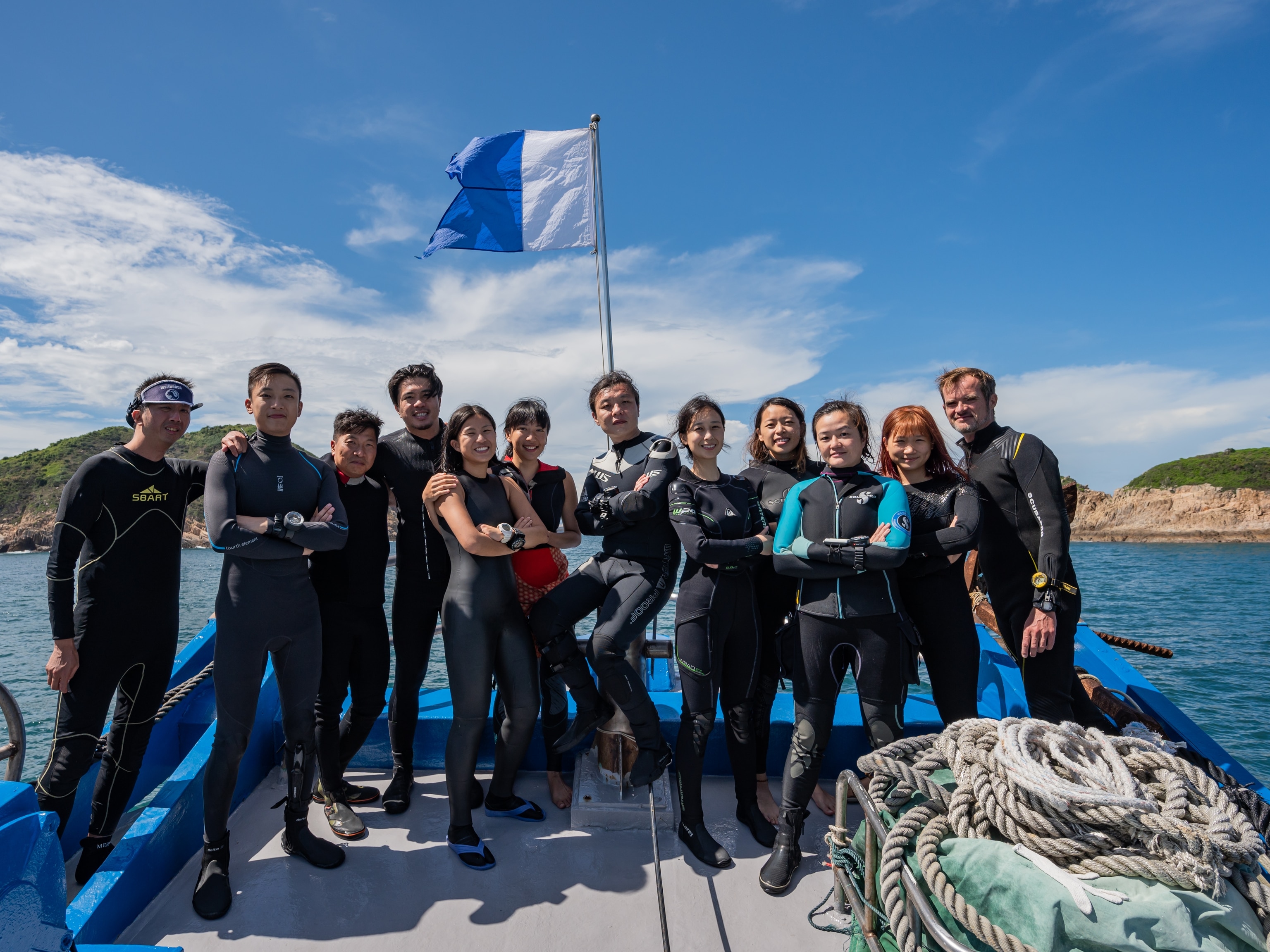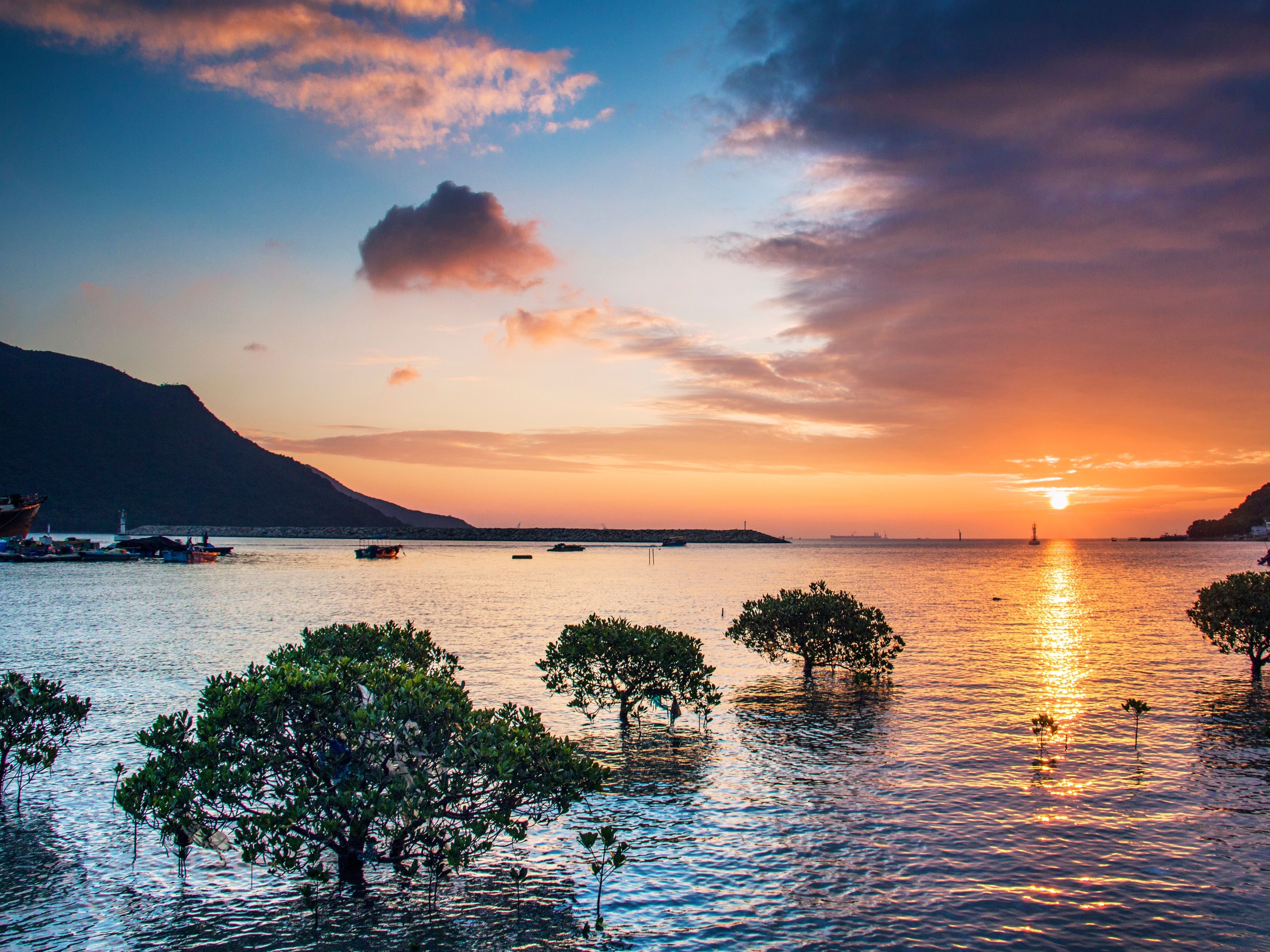
Understand how Hong Kong’s coral communities have declined
Corals reflect the condition of the entire marine ecosystem, and their decline in Hong Kong provides a stark warning, says National Geographic Explorer Jonathan Cybulski.
I’m from Rhode Island in the US, which is known as “the Ocean State”, so I always grew up around the ocean. I became interested in the connections between humans and nature at an early age, so I studied Environmental Science at university before going on to work for the National Oceanic and Atmospheric Administration and later the Department of Transportation, assessing the environmental impact of human activities and development.
As a historical ecologist, it’s my job to tell the story of an ecosystem through time and how humans have influenced it; this information can then be used to help conserve and restore that ecosystem. It requires a combination of history, archeology, ecology, and biology to really piece it all together.
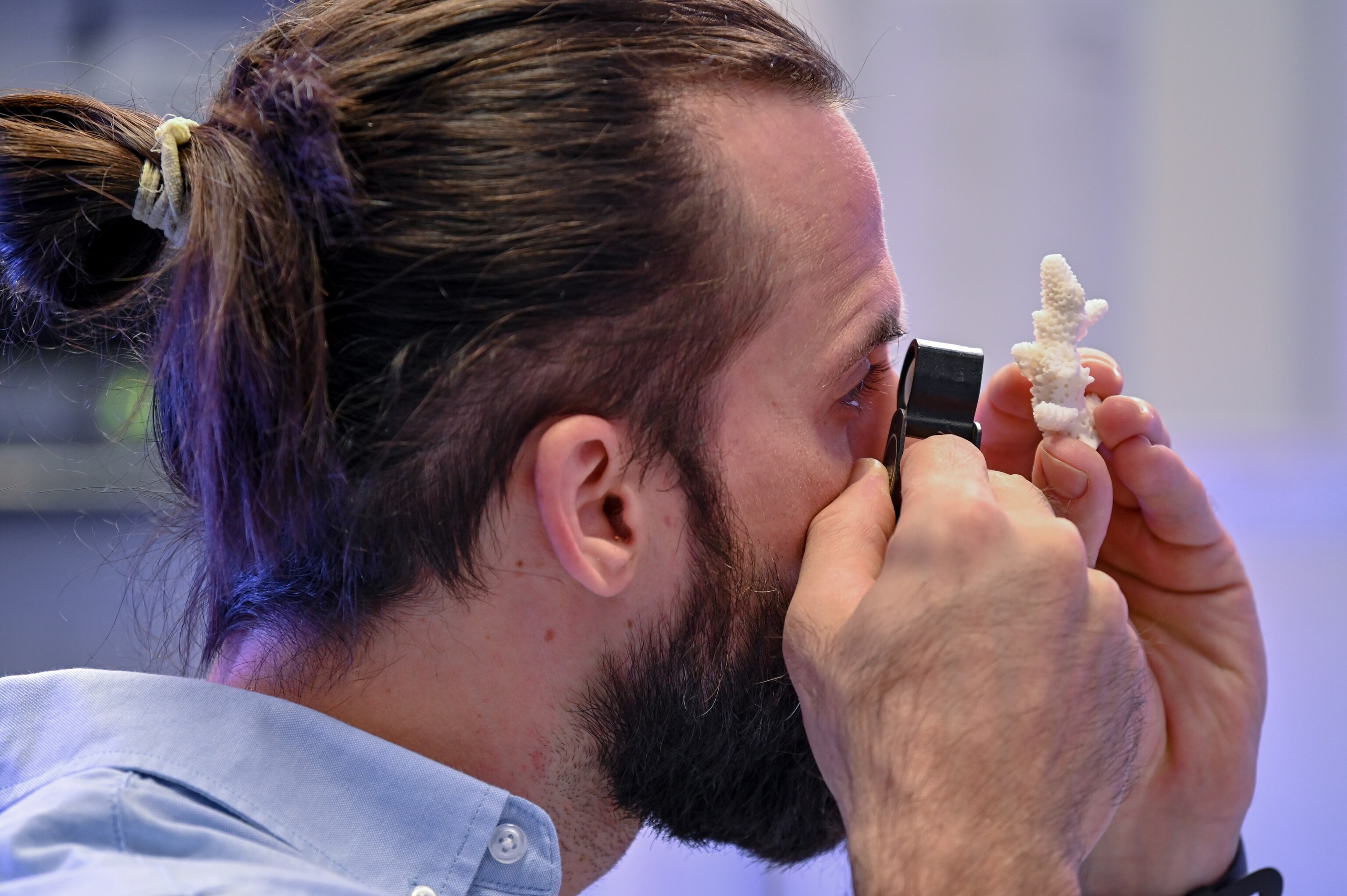
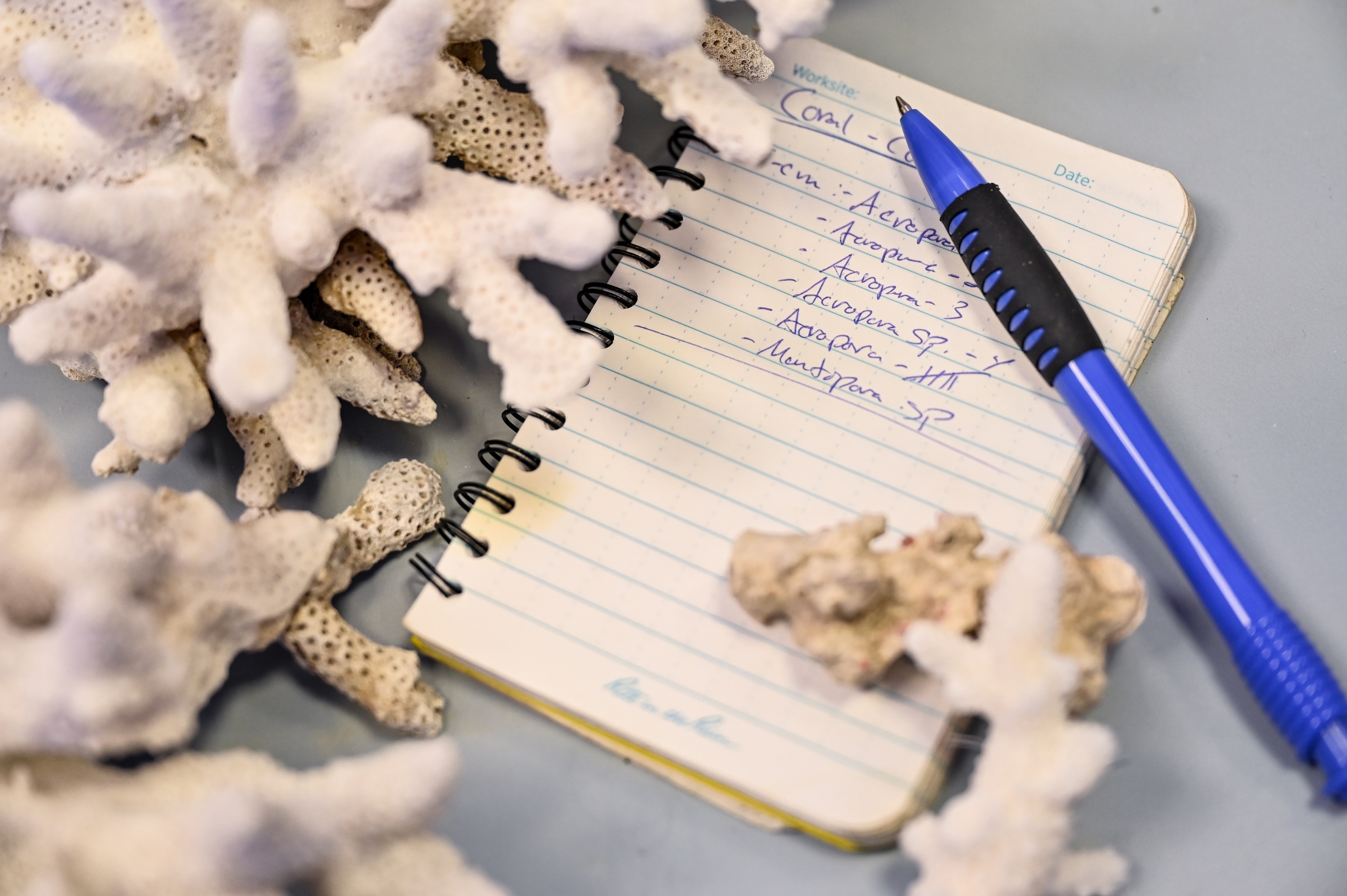
A Unique Environment
I moved to Hong Kong to do my Ph.D at The Swire Institute of Marine Science at The University of Hong Kong, and one of the main reasons for that choice was the uniqueness of the environment. There’s almost nowhere else on Earth that’s more developed and densely populated but yet also more biodiverse and special underwater. For someone like me who’s interested in understanding human influence on the natural world, it’s perfect.
Hong Kong is also incredibly unique in that it has corals, seagrasses, mangroves, and oyster reefs, four different habitats that are rarely found all in the same place. These all do slightly different things and are all interconnected.
My work here has been focused on corals: trying to figure out which corals used to be in Hong Kong and where, and why they have declined. Many people don’t realise that Hong Kong has corals at all, but there are actually more coral species in Hong Kong waters than in the entirety of the Caribbean Sea. So my main mission has been to bring greater awareness of just how special Hong Kong’s marine ecosystem is.
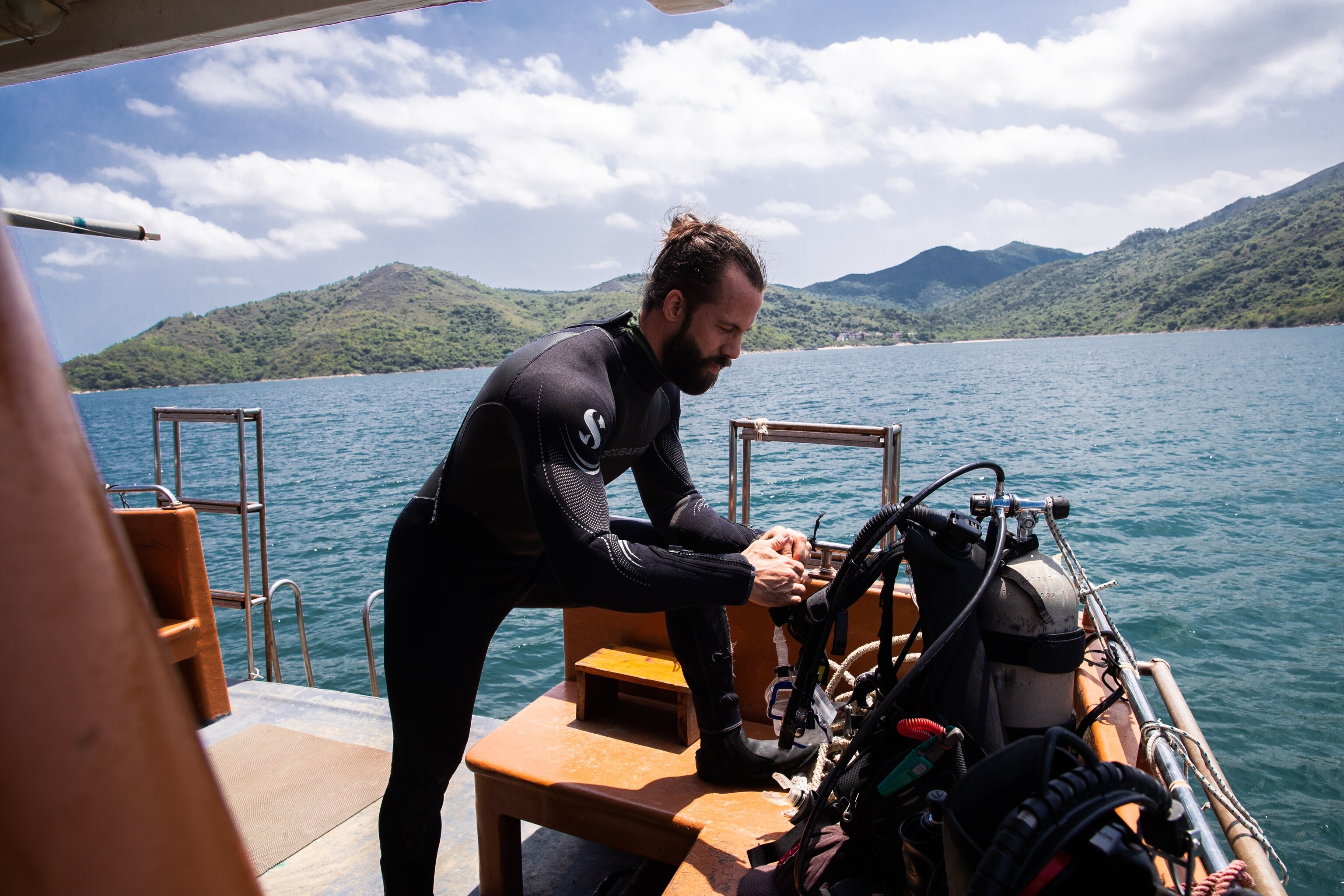
Corals Under Threat
Corals are important because they provide a habitat in which lots of other plants and animals can live, and so promote biodiversity. They are also very fragile creatures that can only exist in a certain temperature and water quality state, so they’re a great indicator of the general health of the marine ecosystem: if corals are healthy, then most things are probably healthy, and if they start to degrade and die, then you know that there’s a bigger problem.
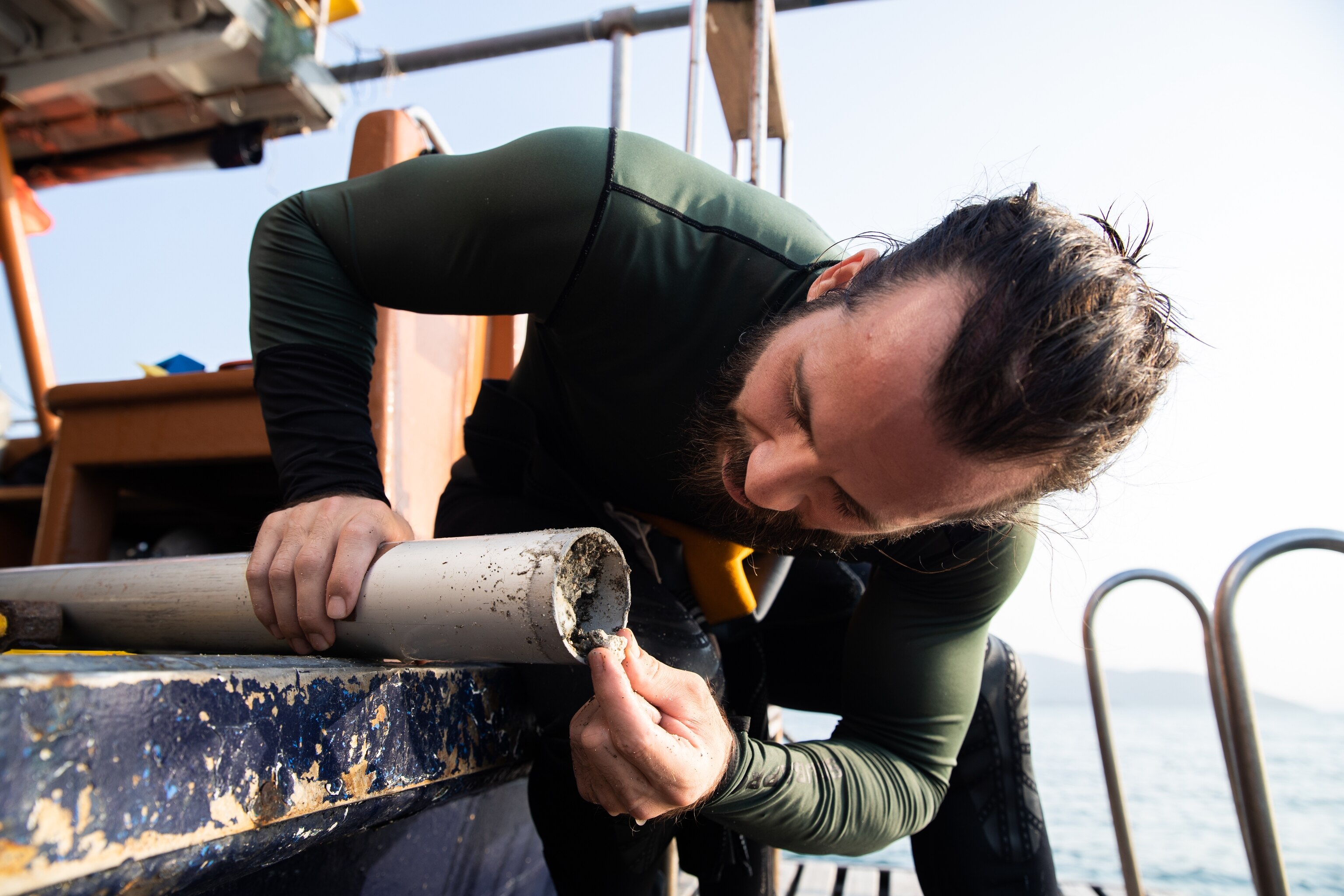
Hong Kong is one of the harshest environments in which corals exist anywhere in the world. It has a huge annual sea temperature range, from around 16-31 degrees Celsius, as well as heavy sediment and a lot of pollution. It’s incredible that corals have adapted to live here, and the fact that they are in decline is a pretty big indicator of how far our marine environment has been degraded, and how heavily impacted it is.
Human activity and pollution are largely to blame, and the biggest threat to Hong Kong’s marine ecosystem right now is water quality, particularly in the west due to the Pearl River. Climate change and rising sea temperatures haven’t really affected Hong Kong yet, but they will, and they will make the problems worse.
A Time for Urgency

Marine Protected Areas (MPAs) are very important for protecting coral, and marine environments in general. In Hong Kong, there is huge potential, and I would say huge need, for more MPAs, as well as more stringent enforcement. MPAs without enforcement are just lines on a map, and enforcement without educating the public is futile. So you need to have all three of these elements working in unison to make MPAs a success.
The first step is for more people to understand how important Hong Kong’s biodiversity is, and how connected all the species are. Because the species are so connected, anything positive that we do in one area is likely to have a knock-on effect and benefit species in other areas, so by looking for small wins, we can have a big effect.
The marine conservation situation in Hong Kong, and around the world, is very urgent, and it’s been very urgent for a long time. Year to year, our ecosystems are declining, and it’s unquestionably humans that have got us into this situation. So to start bringing us out of it, we all need to understand that each individual has an important part to play in bettering our world. Ultimately, we have to stay hopeful and realise that, by making small changes, such as living a more sustainable life and getting involved in conservation efforts, every person can have a greater impact than they will ever know.
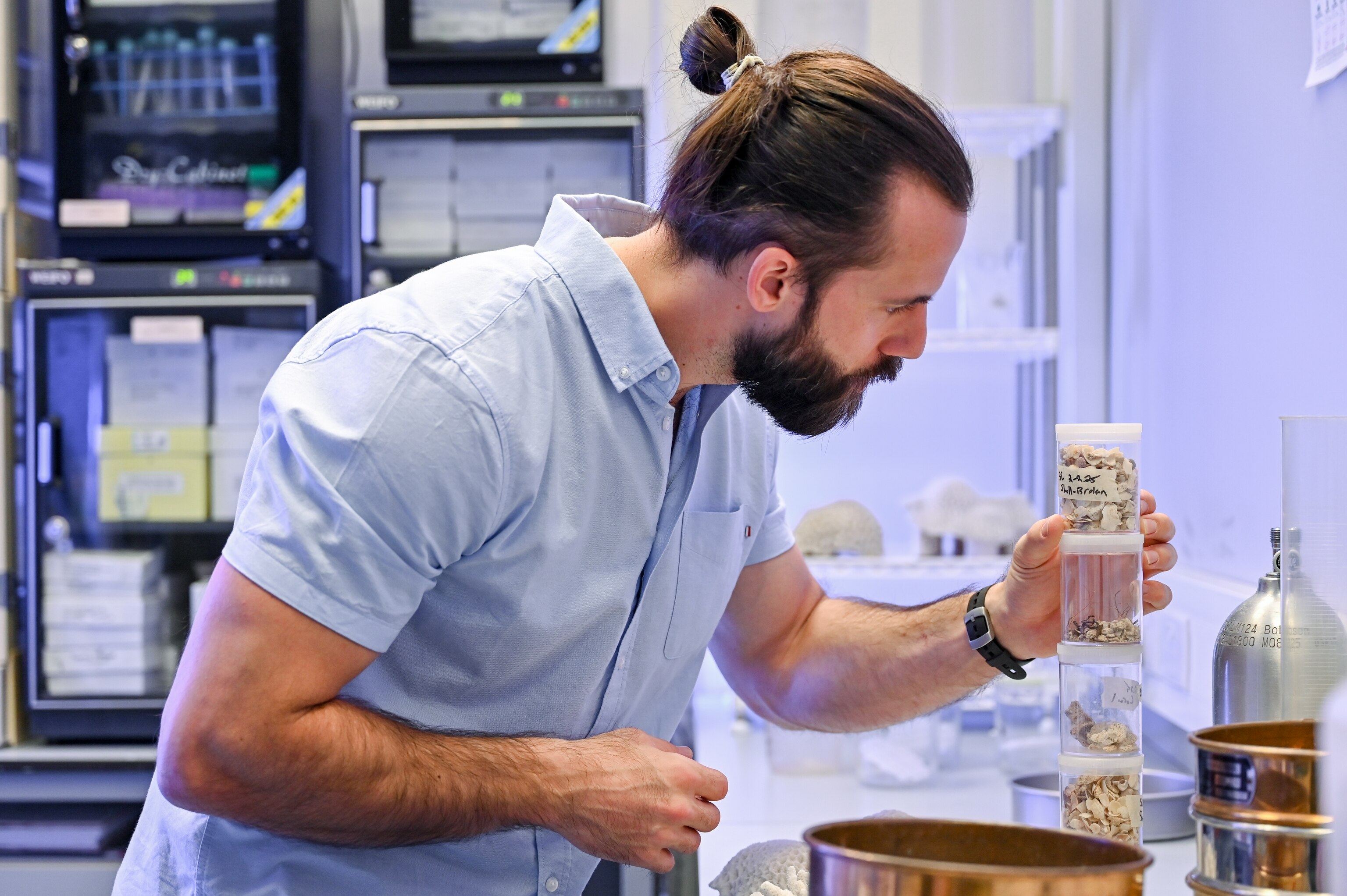
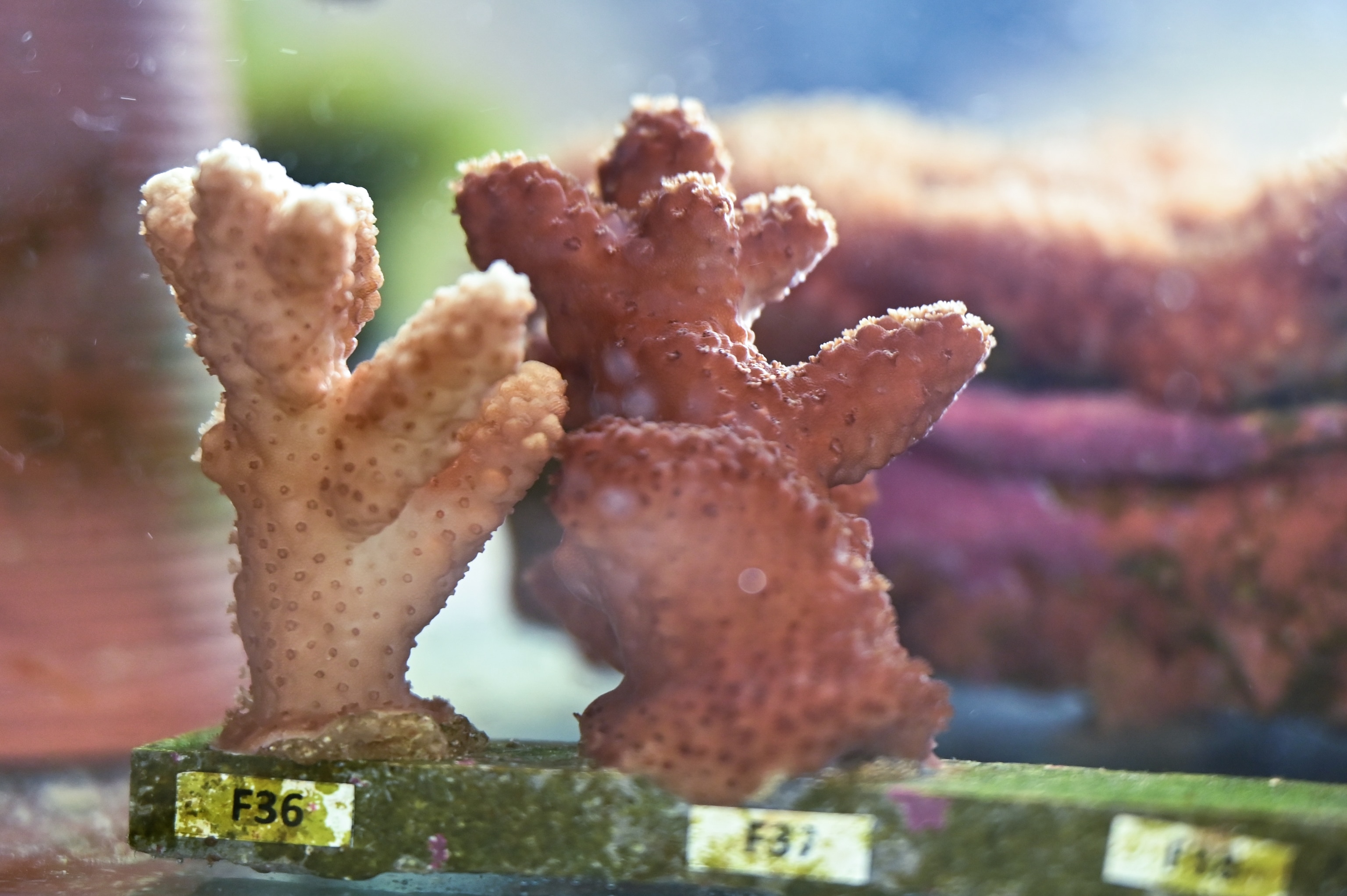
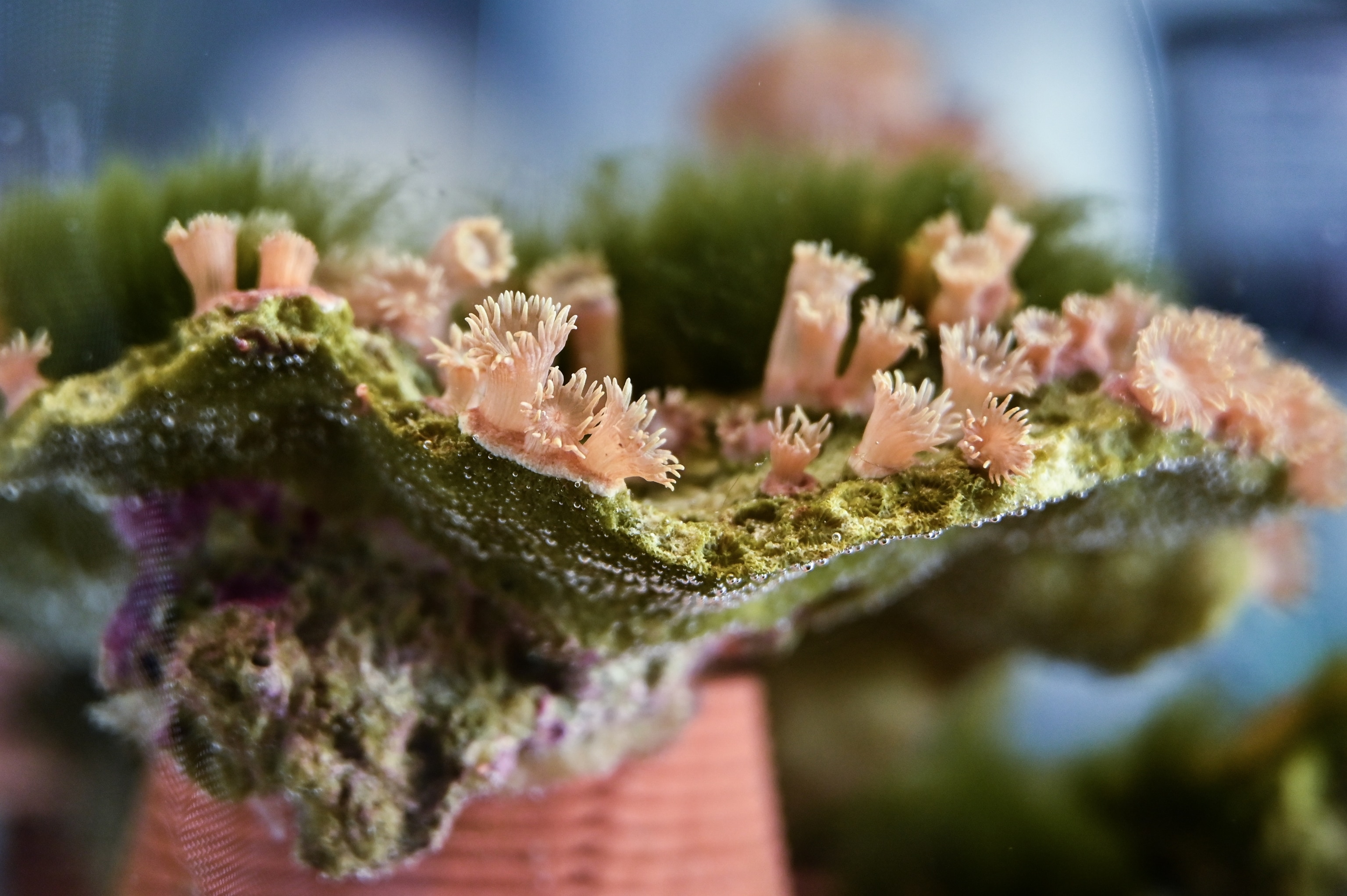
Find out how to preserve Hong Kong’s marine biodiversity at Oceans Tomorrow.
